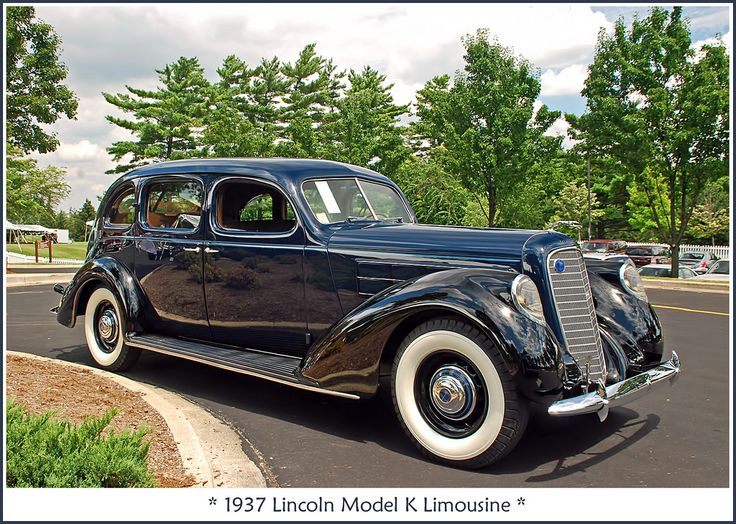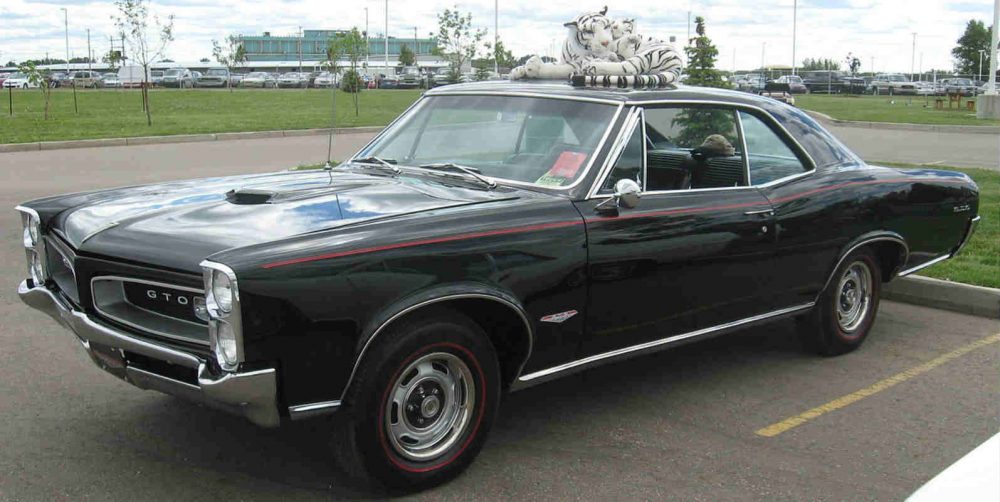Car aesthetics, much like fashion, has experienced a whirlwind of changes over the decades. As the face of technology, society, and culture has transformed, so too have the designs of our beloved four-wheelers. In this SEO-optimized blog post, we embark on a journey to trace the evolution of car aesthetics from their inception to the present day.
1. The Vintage Era: The Dawn of Automobiles (1900s – 1920s)

The earliest cars, often resembling horse-drawn carriages minus the horses, bore a distinct charm. Think of the Ford Model T – simple, functional, and rugged. The design emphasis during this era was primarily on functionality rather than aesthetic appeal.
2. The Streamlined Age: Aerodynamics in Focus (1930s – 1940s)

Inspired by the rise of aircraft technology, cars started to take on a more streamlined appearance. Features like pontoon fenders and long, flowing lines became popular, giving birth to some iconic designs like the 1936 Cord 810 and the Chevrolet Fleetmaster.
3. The Jet Age: Inspired by Space and Speed (1950s – 1960s)

Post-WWII prosperity fueled bold and futuristic designs. Cars sported large tailfins, inspired by jet aircrafts, and chrome-laden front ends. Think of the Cadillac Eldorado or the Chevy Bel Air – epitomes of the Jet Age aesthetic.
4. The Muscle Era: Raw Power and Rebellion (late 1960s – 1970s)

The counterculture movement brought with it a thirst for power and rebellion. Muscular cars with powerful engines, like the Ford Mustang and the Dodge Charger, roared onto the scene. These cars were not just about transport; they were a statement.
5. The Eco Age: Towards Sustainability (1980s – early 2000s)

With rising oil prices and environmental concerns, there was a shift towards economy and sustainability. This saw the rise of compact, fuel-efficient cars. Designs became more rounded, and the emphasis on aerodynamics was more evident than ever. Popular models from this era include the Toyota Prius and the Volkswagen Golf.
6. Modern Day: Tech Meets Aesthetics (2010s – Present)

Today, car aesthetics is as much about technology as it is about design. Sleek LED lights, touchscreen interfaces, and minimalist yet sharp designs dominate the scene. Electric vehicles, with their unique design requirements, are also pushing the boundaries of car aesthetics. The Tesla Model S and the Audi e-tron are perfect examples of modern design aesthetics.
The Future of Car Aesthetics
As we move towards an era dominated by self-driving cars and even greater technological integration, aesthetics will continue to evolve. Concepts like transparent displays, morphing bodies, and even more eco-friendly materials will shape the cars of the future.
Our Take
The evolution of car aesthetics is a testament to human creativity, technological progress, and our changing societal values. As we’ve journeyed from the rugged Model T to the tech-savvy Tesla, it’s clear that cars are not just about getting from point A to B. They’re a reflection of the times, a symbol of our aspirations, and, for many, a thing of beauty to be admired.





